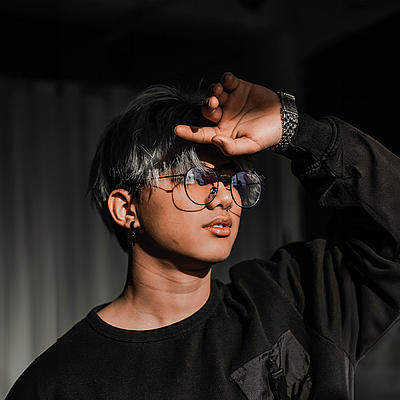Mezzanine simply explained
Mezzanine financing is a special form of capital procurement for companies that lies between equity and debt capital. It is particularly useful for companies that need additional capital without further diluting their ownership interests or providing additional collateral for conventional loans. Typically, mezzanine financing is provided through the issuance of subordinated loans or convertible bonds, which offer higher interest rates than normal loans. In the event of a financial default, mezzanine creditors stand behind senior creditors but ahead of equity investors. This makes mezzanine capital riskier, but also potentially more lucrative for investors.
Mezzanine meaning: Where does the term mezzanine come from?
The term “mezzanine” originally comes from architecture and refers to a mezzanine floor located between the first floor and the second floor of a building. It is derived from the Italian word “mezzano”, which means “middle”.
Applied to the world of finance, the term “mezzanine” describes a form of financing that falls between equity and debt. Similar to the architectural mezzanine floor, which represents a connection between two levels, mezzanine financing combines elements of both equity and debt capital and thus offers a hybrid financing structure.





















